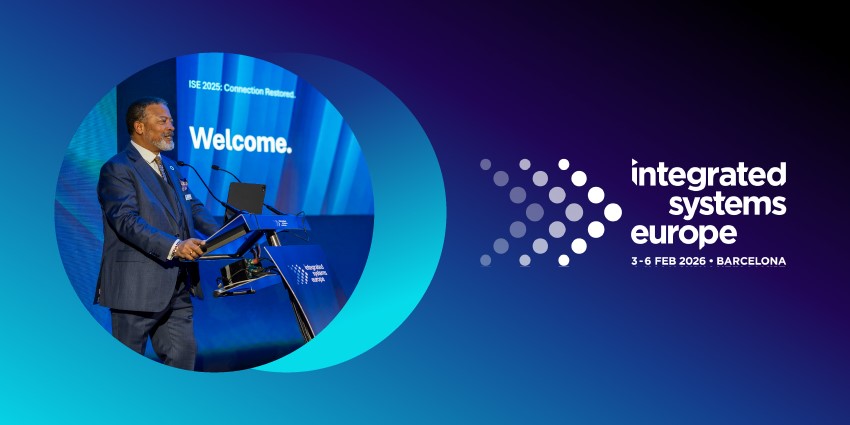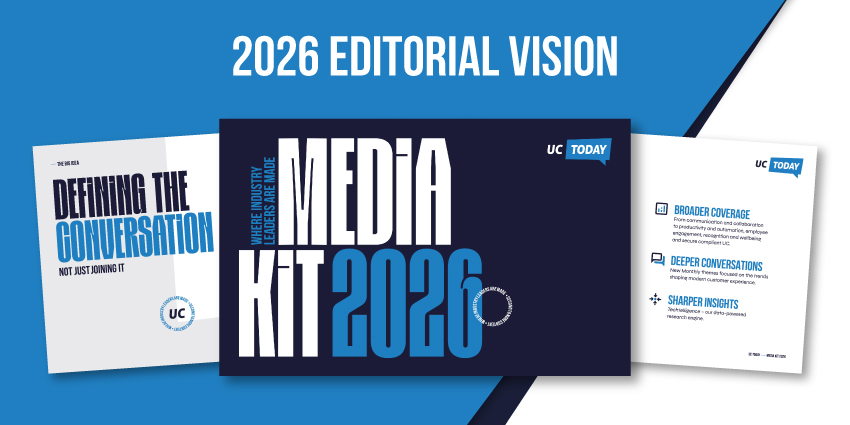Conversational intelligence tools for enterprises are becoming increasingly essential. Why?
Think about how many conversations happen inside your company every day: sales calls, support chats, budget meetings, and all the back-and-forth in Zoom, Teams, Slack, email, and every other channel you might be using.
All of those discussions have value, but how often do you really tap into them? How often does a meeting end with everyone truly aligned? How frequently are important cues in customer calls missed entirely?
With conversational intelligence tools, you can go beyond recording what people say. You can capture what really happened in every conversation, from the sentiment and moments of hesitation, to the hidden opportunities and risks. The question is, how do you pick the right tool?
Choosing Conversational Intelligence Tools for Enterprises
If you’re here, you probably already know the basics. Conversational Intelligence (CI) is what happens when artificial intelligence meets human conversation, and actually listens.
These tools detect frustration and confidence. They detect when people pause, when they hedge, and when something goes right (or terribly wrong). Demand for this tech is soaring as companies host more crucial conversations every day (internally and with customers).
But not all tools are built for enterprise scale, and not all will match your team’s needs. Here’s what to look for when you’re weighing your options:
- Transcription mastery: You want near-perfect accuracy, but also real-time delivery, smart speaker separation, and support for regional accents. You’d be amazed how much nuance gets lost in average transcripts. Don’t settle for average.
- Real-time insights: Retrospective insights are helpful, but live coaching is where CI gets really powerful. Look for systems that can analyze tone shifts mid-call or prompt reps when a competitor’s name drops.
- Sentiment tracking: Good CI platforms track sentiment and emotion with surprising accuracy. That means you don’t have to wait for an angry email to spot a frustrated client; you’ll know immediately.
- Seamless integrations: CI should slot cleanly into your existing stack. You don’t want to manage duplicate workflows. Best-in-class tools push notes into Salesforce, sync with Teams or Zoom, and update Slack channels automatically.
- Security and Scalability: If a CI vendor can’t handle global teams, strict compliance rules, and data residency concerns, they’re not ready for you. Make sure they can scale with your business, and protect your data while doing it.
Remember, CI doesn’t need to be overwhelming to be powerful. Start small. Run a pilot. Measure the lift in sales conversion, meeting clarity, or customer satisfaction. The right tool will show value fast.
CI Tools for Enterprises: Native vs Third-Party
If you’ve explored Conversational Intelligence Tools for Enterprises before, you’ve likely noticed two main flavors: built-in features baked into your UC platforms (like Microsoft Teams or Webex), and independent CI specialists (like Gong, Dubber, Chorus, and Otter.ai).
Which is better? That depends. Let’s start with the native tools – the ones that already live where your teams are working. If you’re using Microsoft 365, Teams Premium includes real-time meeting summaries, task suggestions, sentiment tagging, and Copilot’s AI-driven context tracking. Zoom AI Companion does something similar, automatically capturing highlights, assigning action items, and nudging follow-ups after calls.
The obvious win? Seamless experience. There is no need to juggle new tabs, deal with extra training, or manage data strewn across systems. However, some of these tools might feel “surface-level” for certain enterprises. Specialist platforms can sometimes offer more advanced capabilities, and they usually work with a range of channels, so you’re not stuck with capturing only a fraction of your data.
Third-party tools can dive deeper into deal health, coaching opportunities, objection handling, and win/loss trends. So what’s the trade-off? Native tools win on convenience and compliance. Third-party platforms win on precision and customization. The best choice often depends on your use case and whether you need a little CI enhancement or a fully loaded insight engine.
Conversational Intelligence Tools for Enterprises: Integrations
When you’re investing in conversational intelligence tools, integrations with your communication tools are just the beginning. Ideally, any solution you choose should work with your meeting platforms, and contact center software, but the integrations need to go deeper than that.
Start with your CRM. If you’re running Salesforce, HubSpot, or Dynamics, a solid CI platform should plug right in, pulling in contact info, enriching customer profiles, and pushing key moments (like pricing objections or decision maker signals) directly into the deal timeline.
Look for integrations with advanced AI systems, sales enablement tools, coaching applications, and learning tools. Want to go even further? Look for API-first platforms. These let your developers build custom workflows, like piping CI summaries into Slack channels, auto-triggering support tickets in Zendesk, or flagging risk signals for legal review.
Some conversational intelligence vendors even work with partners that can help businesses implement custom workflows and align new and legacy software. The more you can customize the experience, the more value you’ll get from your investment.
Scalability, Data Handling, and Industry Fit
It’s easy to get excited about CI features. But for enterprise buyers, the real questions show up later. Can this tool scale across 10,000 employees on five continents? Does it store data securely in the right regions? Is it possible to fine-tune the features for your specific industry?
Let’s talk scale first. Many CI tools were built for mid-market sales teams. That’s fine for beginners until your enterprise needs SSO, layered permissions, SOC 2 compliance, and multi-language transcription across 20 time zones.
The right tools will grow with your company, introducing new AI capabilities over time. They will also support multi-org setups, granular access roles, encrypted storage, and audit trails.
Speaking of audit trails, data governance is also a crucial consideration. CI tools handle voice recordings, transcripts, and chat logs—some of your company’s most sensitive information. You need end-to-end encryption, data retention policies, consent workflows, and maybe even region-specific storage.
Finally, industry fit. Some CI platforms come ready with features tuned to your world. Otter.ai offers HIPAA-compliant transcription, great for healthcare teams. Chorus.ai is popular in financial services because of its robust audit trails. Retail and consumer brands often prefer tools that can plug CI insights into marketing and CX platforms, like Cresta or Salesken.
Considering Deployment Options in 2025
In 2025, one-size-fits-all Conversational AI tools for enterprises are on the way out. Enterprises are leaning into models that reflect how their teams actually work: cross-functional, hybrid, and constantly evolving. CI platforms are catching up.
We’ve already mentioned one trend—embedded intelligence, delivered by solutions like Copilot inside Microsoft Teams or AI Companion in Zoom. These aren’t just bolt-ons anymore; they’re core features, quietly analyzing meetings, generating summaries, assigning tasks, and even nudging follow-ups as the call is happening.
Then there’s the hybrid model. This is where a company keeps basic CI inside their UC platform, but augments it with a specialist tool like Gong for sales teams or Otter.ai for exec briefings. It’s modular, efficient, and way easier to pilot. Want sales-specific coaching but keep internal meetings lightweight? No problem.
And finally, the rise of API-first CI platforms. These are great for companies with complex workflows or heavy compliance demands. You get full control, connect CI to your data lake, pipe sentiment scores into your BI dashboards, or create custom automations that trigger follow-ups when certain keywords pop up.
No matter which model you choose, make sure you’re ready to adapt to market changes—intelligent tools are only going to get smarter and more robust.
Conversational Intelligence Tools for Enterprises: Building a Case
Here’s where most CI rollouts fall apart: the tech looks great in the demo, but no one aligns on what success looks like. So, before you write that RFP or explore a dashboard, ground your selection process in real business outcomes.
Start by asking, “Where do we lose the most signal in conversations?” Is it during sales handoffs? Post-meeting follow-ups? Support escalations? That answer should guide what features you prioritize.
From there, build your shortlist with this framework in mind:
- Performance: Can this tool deliver accurate insights at scale?
- Interoperability: Does it work with your existing CRM, UC tools, and workflows?
- Business outcomes: Can it shorten your sales cycle? Improve NPS? Reduce compliance risk?
You’ll also want to calculate the total cost of ownership. It’s not just about licenses; it’s also about training, rollout, support, and change management. Remember: a tool your team doesn’t use is more expensive than one that costs more but actually makes a difference.
Evolving From Noise to Insight
Virtually every conversation inside your company holds value. A frustrated sigh from a customer. A question that gets ignored in a team meeting. A pitch that lands because the rep caught the moment the buyer leaned in. These moments are easy to miss. They’re scattered across calls, chats, meetings, and emails. Until you start listening for them.
That’s what Conversational Intelligence Tools for Enterprises make possible. One of the most strategic advantages of CI isn’t just what it captures, it’s how it helps every department play from the same page. Sales hears what support logs. Product sees what customers are actually asking for. Marketing spots real-world objections and moments of magic in buyer conversations.
And here’s the shift that’s happening right now: CI is no longer limited to sales teams and contact centers. It’s moving into the fabric of enterprise communication. Embedded in meetings. Integrated into CRM pipelines. Surfacing insights across the org, in real time.
Ready to learn more? Check out our complete guide to conversational intelligence here, or check out our insights into why CI is a cornerstone of the next-generation workplace.







